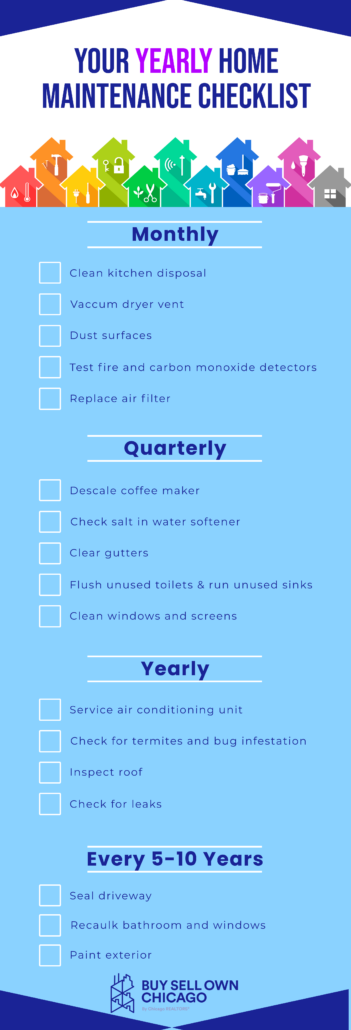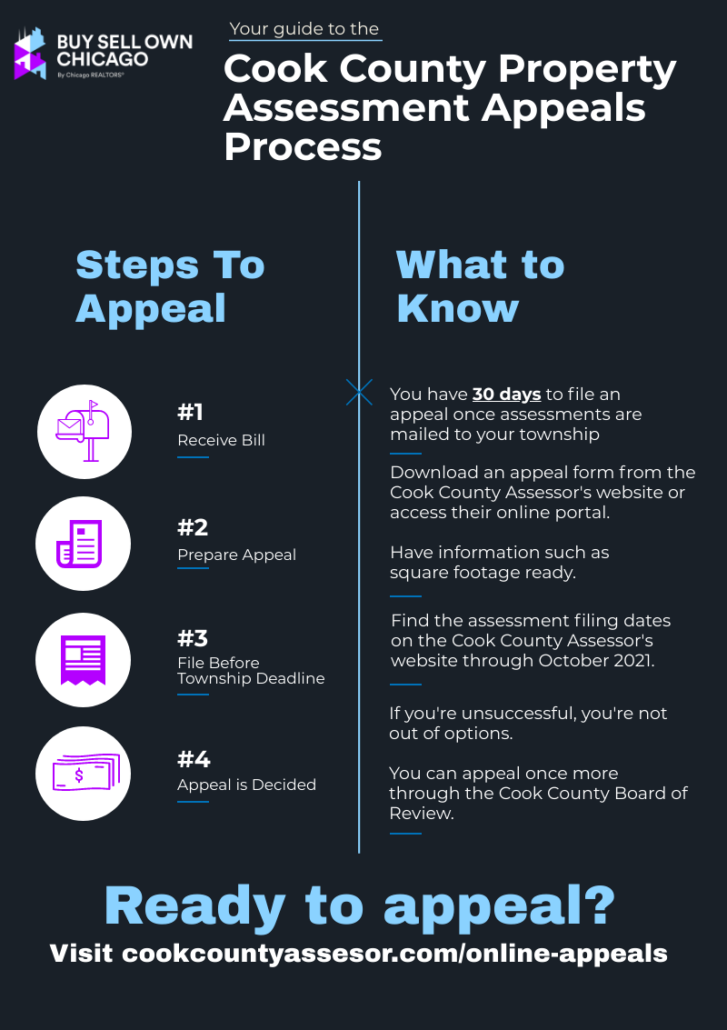What To Know About A Home Warranty
Home warranties can help you save money on appliance repairs and maintenance of your home, but they may not be right for everyone. So, if you’ve just bought a home, and are debating whether a home warranty is right for you, here’s what you need to know.
The Difference Between Insurance & Warranties
You may think that you’re covered because you have home insurance, but a warranty is a separate entity. Homeowners insurance covers unforeseen damage to your home, specifically weather related incidences, while warranties cover things breaking down within your home, like the HVAC, kitchen appliances, garbage disposals, washers and dryers and more.
How It Works
Once you sign up for a home warranty, if something breaks down, you will submit a claim to your provider. From there, the provider will set you up with a repair company, who will contact you to set up an appointment. The repair or replacement will take place, and you will cover either the service fee or repair, whichever is less.
Benefits of A Home Warranty
A home warranty provides you with piece of mind, especially for those who don’t consider themselves handy. When something breaks, you know someone will be there to fix it for you. A home warranty can also help you stay on budget, as there are fewer unanticipated costs that may arise.
The Cons of A Home Warranty
Not everything is covered by a home warranty plan. For instance, a warranty won’t cover something that has not been properly maintained. Also, you pay up front for the cost of your plan each year. So, if a year goes by with no issues or repairs, you will still have to pay the price of the premium.
As always, discuss your best course of action with your REALTOR®. Find a Chicago REALTOR here.















